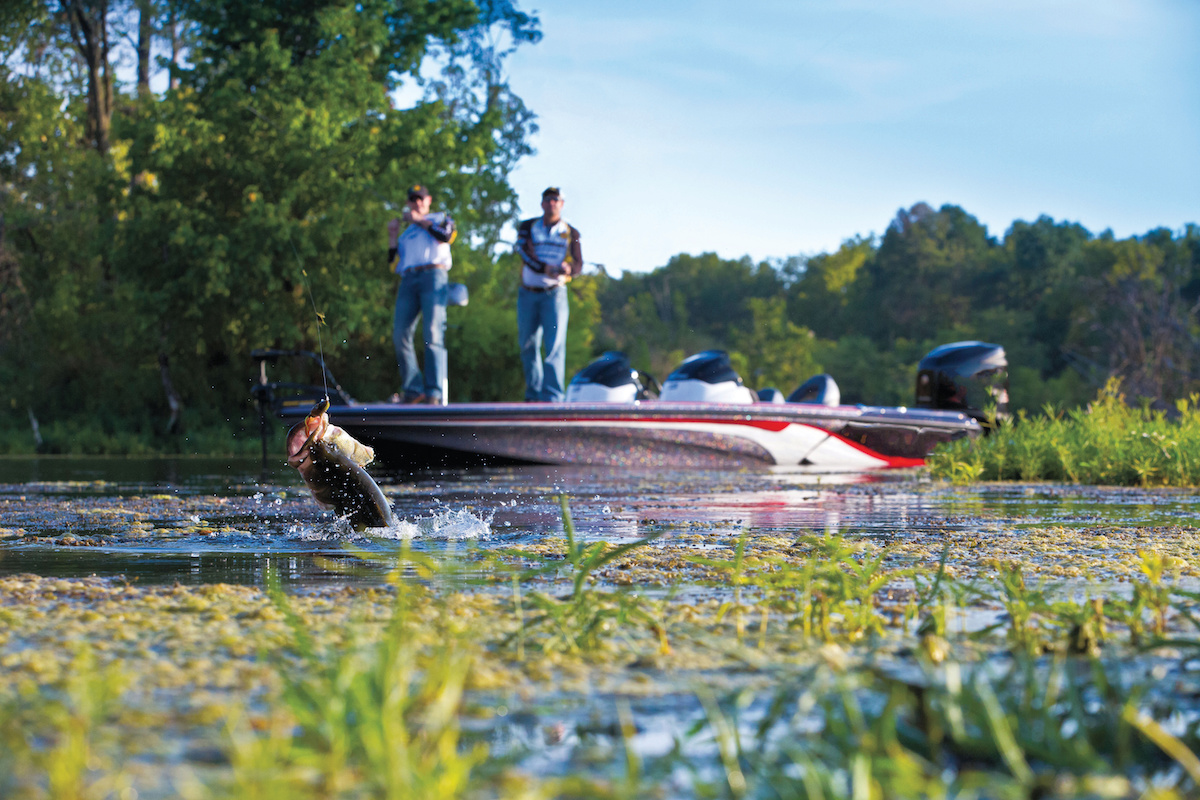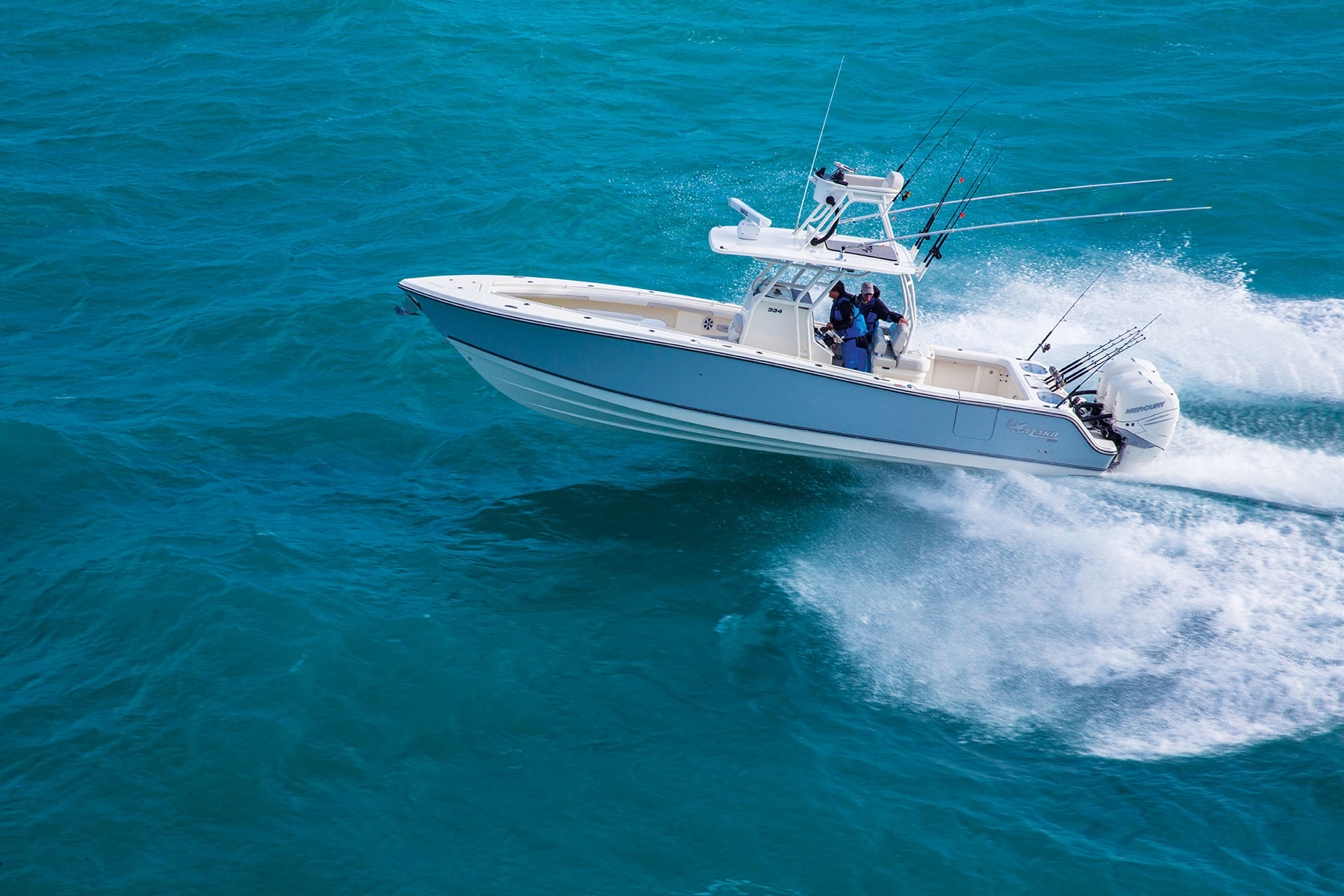Smallmouth Bass
Micropterus dolomieu
AKA: Brown bass, brownie, bronze bass
Distinguishing Markings:
The smallmouth bass is generally green, brown, bronze, or tan in general color with dark vertical bands rather than a horizontal band along the side. There are 13 to 15 soft rays in the dorsal fin. The best characteristic to distinguish a smallmouth from a largemouth bass is the position of the maxillary, or large flap at the posterior end of the upper jaw. With the fish’s mouth closed, the maxillary will reach, but not obviously extend beyond the eye, and the upper jaw never extends beyond the eye. In largemouth bass the maxillary always extends past the back edge of the eye.
Size:
The usual smallmouth is 8 to 15 inches long, and weighs less than three pounds.
Distribution:
Smallmouth bass originally ranged north into Minnesota and southern Quebec, south to the Tennessee River in Alabama and west to eastern Oklahoma and southwestern Arkansas. Today there are few states, east or west of the Rocky Mountains, where populations have not become established. Florida and Louisiana are apparently free of smallmouth bass.
Habitat:
Smallmouth bass prefer large clear-water lakes (greater than 100 acres, more than 30 feet deep) and cool, clear streams with moderate current. Their preferred habit has a gravel or rubble substrate, boulders, some shade and cover, along with deep pools.
Food:
In general, adult smallmouth bass feed on aquatic and terrestrial insects, crayfish, and fish. Because they feed on the water surface, in the water mass, and off the bottom, and consume such a wide variety of foods, they are considered "angler friendly".
Spawning:
Spawning occurs in the spring when water temperatures approach 60°F. Males move into spawning areas with the nests usually located near shore in lakes; downstream from boulders or some other obstruction that offers protection against strong current in streams. Mature females may contain 2,000 to 15,000 golden yellow eggs. Males may spawn with several females on a single nest. On average each nest contains about 2,500 eggs, but nests may contain as many as 10,000 eggs. Eggs hatch in about 10 days if water temperatures are in the mid-50s, but can hatch in 2 to 3 days if temperatures are in the mid-70s. Males guard the nest from the time eggs are laid until fry begin to disperse, a period of up to a month. Fry begin feeding on zoo plankton, switching to insect larvae and finally fish and crayfish as they grow.
Bass Fishing Tips:
Smallmouth bass can be caught on a wide variety of live and artificial baits. Many anglers prefer the less expensive soft, plastic artificial bait, grubs and tubes, because lure loss is a certainty when fishing prime smallmouth bass habitat. Light spinning tackle is the most popular and least tiresome after casting and catching fish all day. Fly fishing is next in popularity, followed by bait casting.

